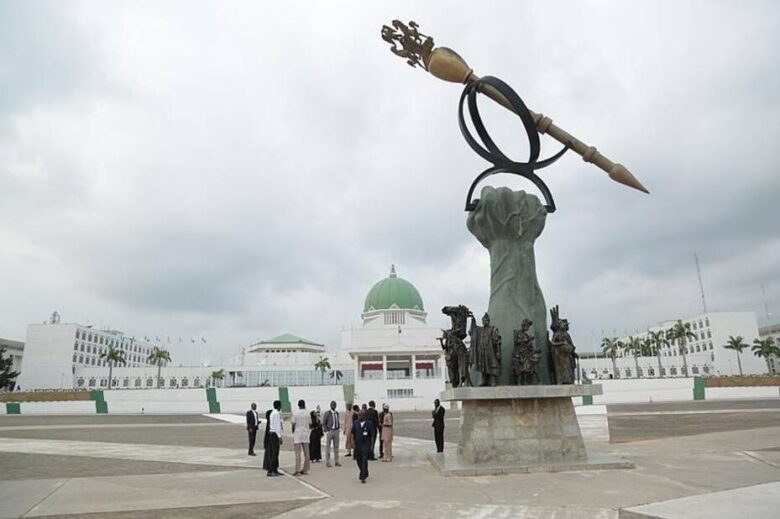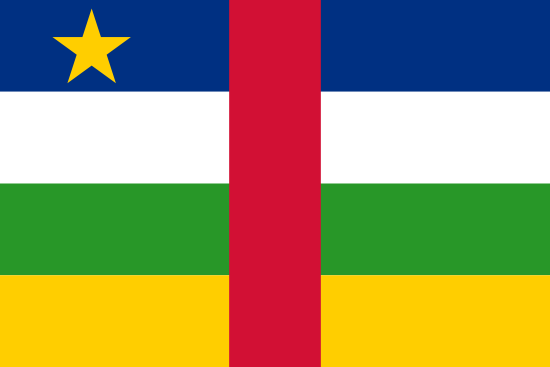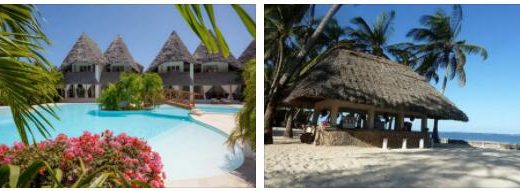Nigeria History
Independence Day: October 1, 1960
Head of state: Muhammadu Buhari
Head of government: Muhammadu Buhari
Political system: Presidential republic, multi-party system
Democracy Status Index (BTI): Rank 71 of 137 (2020)
Corruption Index (CPI): Rank 146 of 180 (2019)
Ibrahim Index of African Governance: Rank 33 of 54 (2018)
History
Before the arrival of the Europeans
Today’s Nigeria is – like most African countries – a product of the colonial era.
Archaeological finds from the Middle Stone Age show that the oldest and most developed cultures of West Africa were at home in what is now Nigeria before the arrival of the Europeans. So had already happened between 500 BC. and 200 AD the Nok culture developed in central Nigeria, which is known for its extraordinary terracotta figures.
Around 1000 AD Hausa states such as Kano, Katsina and Zaria with a distinctive urban culture and the Kingdom of Kanem-Bornu emerged in northern Nigeria. In the south-west of the country, the kingdoms of the Yoruba (Ife and Oyo) and the kingdom of Benin had developed between the 11th and 14th centuries. In addition, the Igbo empires had developed in the southeast with the city of Nri (in the state of Anambra) as the seat of the priest-king.
The Nigeriainfonet offers a short historical outline of the pre-colonial, colonial and post-colonial history of Nigeria.
Settlement of southern Nigeria by the Europeans
At the end of the 15th century, the Portuguese discovered the Kingdom of Benin and developed a lively trade with the local population. The slave business flourished in the Niger Delta in the 17th and 18th centuries. Under Portuguese rule, the cities of Warri, Bonny and Calabar in the Niger area and Lagos acted as important ports for the slave trade.
Civil war and military dictatorships
In 1963 – after its independence in October 1960 – Nigeria became a federal republic. The independence gained did not lead to internal unity among the ethnic groups. On the contrary: due to regional tensions caused by ethnic differences, the military took power in 1966.
Since the ethnic tensions could not be resolved, Chukwuemeka Odumegwu Ojukwu proclaimed the new state “Biafra” in May 1967 for the region in the southeast (in which the Igbos dominate). Ojukwu was the leader of the split. He belonged to the Igbos ethnic group and came from a wealthy family. The secession of Biafra was not accepted by the Nigerian central government and so a bloody civil war developed between 1967 and 1970 (Biafra War, known in Nigeria as the “Civil War”). Between 500,000 and three million people died in the civil war and the famine it caused.
Today, 50 years later, the topic is still lively discussed in the Nigerian public, the exact historical course is reconstructed and the role of the civil war in the political history of Africa is analyzed. In southern Nigeria there are still groups of people who uphold the dream of an independent Biafra. Fifty years after the civil war, Nigeria is still struggling to maintain its unity. But the conflict continues to smolder beneath the surface.
According to businesscarriers, between 1960 and 1999 ruled in Nigeria seven military and only three democratically elected governments (the so-called First, Second and Third Republic.):
- 01.10.1960 – 15.10.1966 First republic under Alhaji Abubakar Tafawa Belawa
- Jan 15, 1966 – Jul 29, 1967 Military rule under General Aguiyi-Ironsi
- Jul 29, 1967 – Jul 29, 1975 Military rule under General Gowon
- 07/06/1967 – 01/12/1970 Civil War
- July 29, 1975 – February 13, 1976 military rule under Brigadier Muhammed
- February 13, 1976 – October 1, 1979 military rule under General Obasanjo
- October 1, 1979 – December 31, 1983 Second republic under Shehu Shagari
- December 31, 1983 – August 27, 1985 Military rule under Major General Buhari
- 08/27/1985 – 08/26/1993 Military rule under General Babangida
- 08/26/1993 – 11/17/1993 Third Republic
- 11/17/1993 – 6/8/1998 Military rule under General Abacha
The attempt, begun in 1979 after a thirteen year military rule (1966-1979) to establish a democracy, failed in 1983 with the overthrow of the democratically elected President Shehu Shagari by the military and thus put an end to the Second Republic. A split in the military leadership led to another military coup in 1985, in which General Ibrahim Babangida took power.
Blessed with far greater political abilities, Babangida’s tenure began hopefully with the release of political prisoners and the promise of democratization, but then evolved into one of the most corrupt regimes in Nigerian history. A largely unsuccessful structural adjustment program also exacerbated the economic crisis. When Babangida canceled the election of the presidential candidate Moshood Abiola, the democratization program for the establishment of the Third Republic finally failed. Babangida resigned in 1993 and handed over government power to a civil interim government, the “ Third Republic“, Which came to an abrupt end after only three months when the Defense Minister General Sani Abacha seized power and dissolved all civil institutions.
The Abacha dictatorship is one of the darkest chapters in Nigerian history. The government of the tyrant, who largely eluded the public, was characterized by ruthlessness and brutality. The wrongful execution of Ken Saro Wiwa and the “Ogoni Nine ” (a group of nine activists from the Ogoni region) is just one example of Abacha’s arbitrary rule. Under his leadership, the country increasingly fell into international isolation. Only with the death of Abacha in 1998 did the way for change become clear. His successor, Abdulsalami Abubakar, was mainly busy handling a hastily put together democratization program that led to the establishment of the Fourth Republic in 1999.



